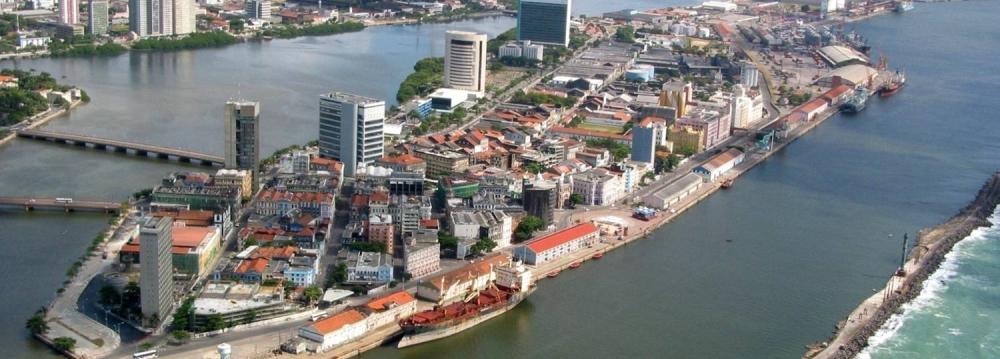In Brazil, inflation eased less than expected in April. It should continue to trend down during 2016 supported by the weakening of domestic demand. In Chile, inflation reached 4.2%, broadly in line with expectations.
Figures for both countries reinforce the view that reference interest rates will remain unchanged in the forthcoming monetary policy meetings, FXStreet reported.
In Brazil, inflation reached 9.28% YoY in April, less than in March (9.39% YoY). In spite of the pressure created in April by the increase in medicines, the 3.1% MoM reduction in electricity tariffs allowed administered-price inflation to reach 0.7% MoM (10.7% YoY), below the figures recorded one year ago (0.8% MoM/13.4% YoY).
That and the more significant impact of the domestic demand slowdown, which for example helped to drive down service inflation to 0.6% MoM and 7.3% YoY in comparison to 0.7% MoM and 8.3%YoY one year ago, are some of the main factors behind the observed moderation of annual inflation.
However, the decline in annual inflation was smaller than expected (9.18%), which reinforces the view that the Selic rate will not be cut soon.
Anyway, inflation should continue to trend down during the remainder of the year, thanks to the weakening of domestic demand and smaller adjustments in regulated prices.
Meanwhile, in Chile, the consumer price index increased 0.3% MoM in April (+4.2% YoY), broadly in line with expectations.
The monthly print was driven by positive contributions from health, rental and fuels that were partially offset by declines in apparel and transportation fares.
Figures do not show further signs of exchange rate pass-through, given the recent Chilean peso appreciation.
All in all, inflation data should ease at low pace during the year to close at around 3.2% in 2016. In this context, all incoming data supports a pause in rates at May’s monetary policy meeting.
We expect a trade surplus of around $645 million in April, with exports at $5.18 billion (-9.0% YoY) and imports reaching $4.54 billion (-4.5% YoY), still reflecting weakness in both domestic and external demand.


